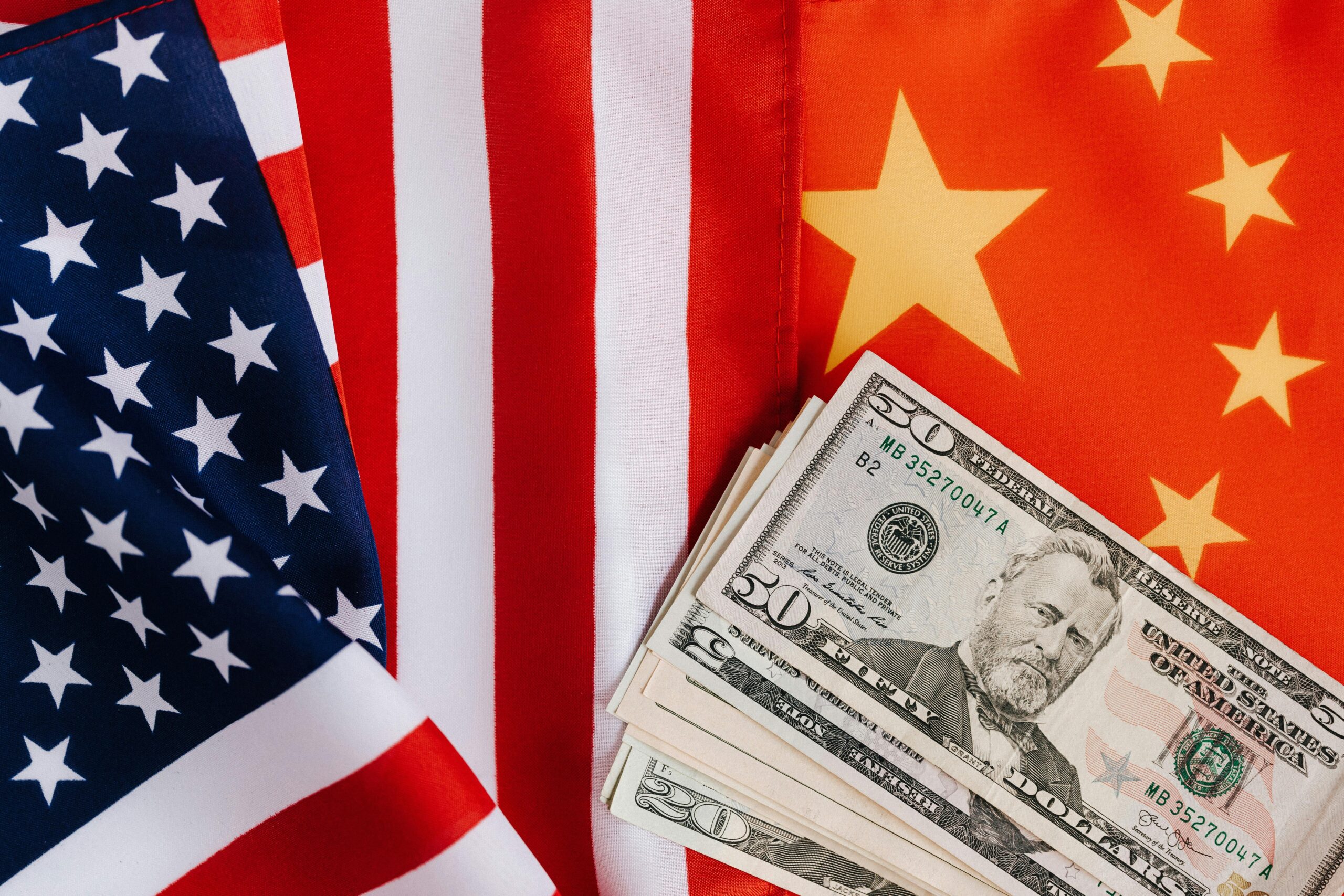US-China trade war | Beijing, August 3, 2025 – In a significant shift that could reshape global supply chains, many Chinese exporters are now rethinking their “China plus one” strategy following newly imposed U.S. tariffs ranging between 10% and 40%. The tariffs, aimed at reducing American dependency on Chinese goods, have created fresh hurdles for Chinese companies that had been diversifying manufacturing operations into Southeast Asian nations such as Vietnam, Thailand, and Indonesia.
China’s Export Strategy Faces Fresh Challenges
Over the past few years, Chinese companies actively explored expanding or relocating production to neighboring countries to minimize geopolitical risks and benefit from lower labor costs. However, with the Biden administration’s tariff hike, the cost-benefit balance of producing in Southeast Asia is being questioned.
Manufacturers now fear that products assembled outside of China—especially in countries closely tied to Chinese supply chains—may still face U.S. scrutiny and tariff penalties.
📉 Impact on “China Plus One” Manufacturing Model
The “China plus one” strategy, which once promised supply chain resilience and market diversification, is now facing headwinds. Many small- and medium-sized exporters report pausing or canceling planned factory setups in Southeast Asia, citing regulatory complexities and rising production costs.
Industry experts say that instead of moving production, some firms may double down on automation within China or explore opportunities in India, Mexico, or Eastern Europe, which are currently seen as safer trade routes into the U.S. market.
🗣️ Expert Viewpoint
“Tariffs are now less about the country of origin and more about the intent behind the trade policy,” said a senior analyst at the China Export Council. “Companies need to make smarter geopolitical calculations before investing abroad.”
📊 What This Means for Global Trade
- U.S.-China trade tensions are once again creating ripples across Asia’s manufacturing sector.
- Emerging markets in Southeast Asia may lose momentum as preferred alternatives to China.
- Companies are being forced to rethink long-term strategies amidst uncertain tariff landscapes.
🧭 Conclusion
As U.S.-China economic tensions escalate, Chinese exporters are treading cautiously. The evolving trade environment is not only influencing corporate decisions in China but could also reshape global manufacturing trends for years to come.





